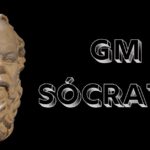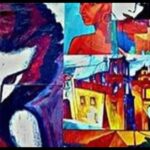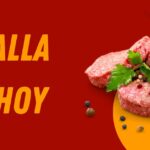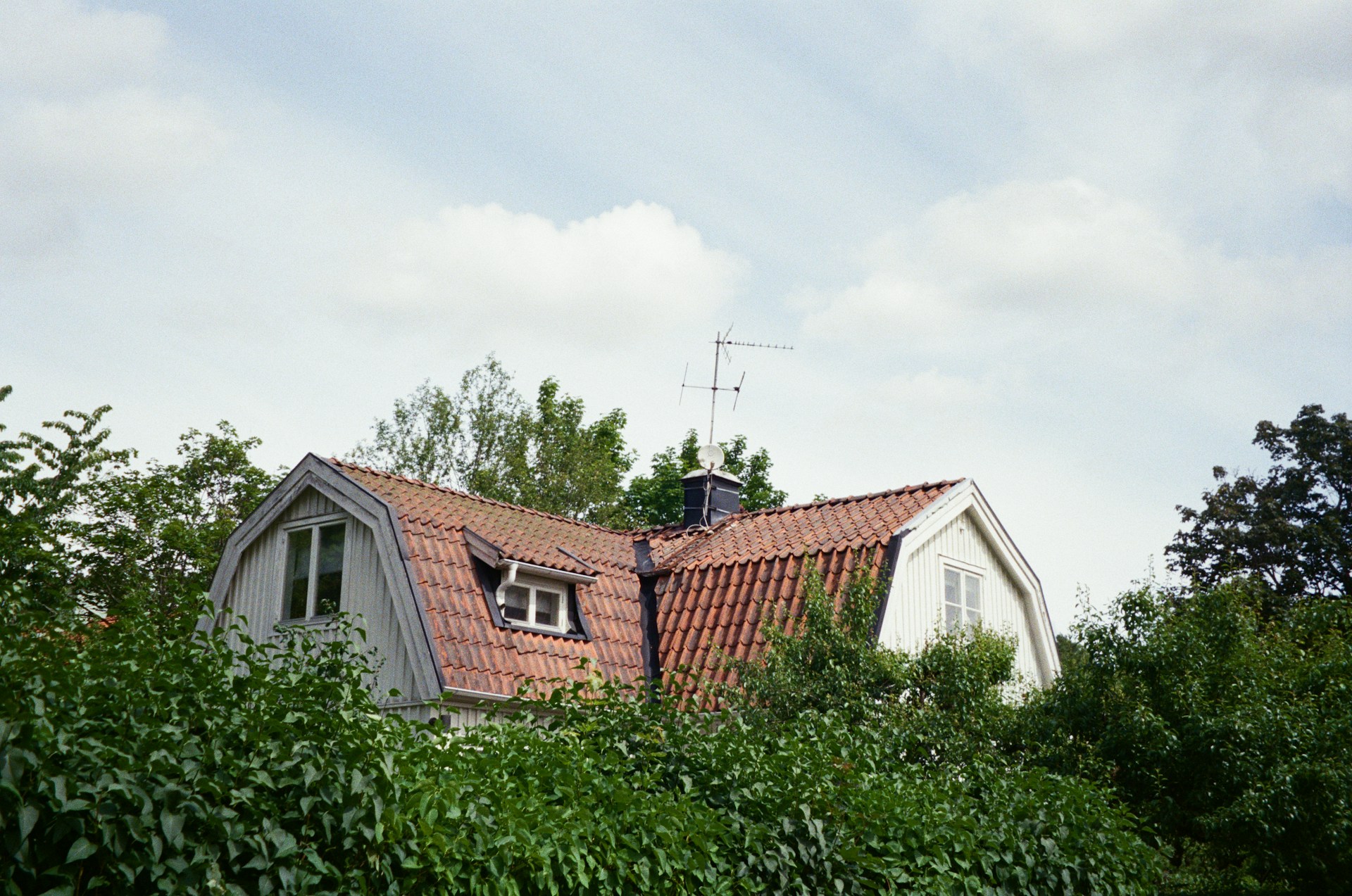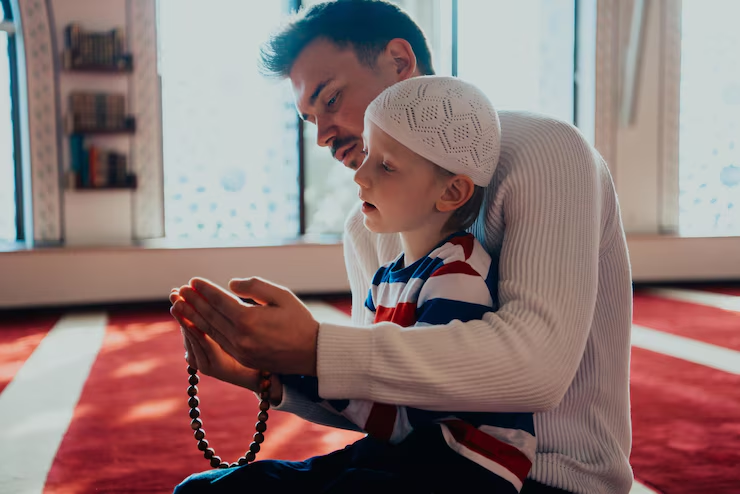I had found out about Matt Hall’s work, like so many other artists I have found recently, through Instagram. I loved the way he was combining traditional skeletal articulation and conceptual ideas. Pouring over the sculptures and cabinets on his website, I saw little hints of Joseph Cornell, Mark Dion, and a sort of Mellvinian disposition of sadness just under the surface of the work.
Knowing Matt works mainly with road kill and specimen preservation I had a pretty good idea of what I’d be walking into when I reached his Portland studio, but I was ready for some surprises as well. I shuffled my camera around in my bag as walked up to the blank side of an industrial building up to an unassuming door “with bad graffiti” on it as Matt had instructed.
Below the cabinet is a little worktable covered in Tupperware and clear boxes filled with bones, feathers, and the sort. An open container has pieces of a skull. “This is a porcupine” Mat chimes in. “Since I work with mostly road kill or animals who died naturally sometimes there’s trauma that’s been dealt to the bones, and they just come out shattered like this. I’m not even sure if I can use this one because the damage is so bad. It becomes this very complicated puzzle that I can sometimes put back together, but I don’t know about this one,” he says looking sadly at the bits of skull.
The first room was a bike workshop, with another studio sectioned off to the right. After greeting Matt at the door we walked through the shop to his studio in the back. Matt drew back a little curtain and we stepped into his space. The walls were covered in open-faced boxes that were filled with delicate little specimens of small skeletons, dried blue flowers, skulls, a naturally mummified Rat, and bits of paper.
“That’s my Cabinet of curiosity. I like to change it around every now and then, but I’m pretty happy with it right now” Matt tells me as leaned in to get a closer look the mummified rat and some dried blue flowers. I mentioned that I love the color of the flowers and he told me how he likes to see how long the color lasts, and keeps track of how long it takes for the colors on things like that to turn brown.
Below the cabinet is a little worktable covered in Tupperware and clear boxes filled with bones, feathers, and the sort. An open container has pieces of a skull. “This is a porcupine” Mat chimes in. “Since I work with mostly road kill or animals who died naturally sometimes there’s trauma that’s been dealt to the bones, and they just come out shattered like this. I’m not even sure if I can use this one because the damage is so bad. It becomes this very complicated puzzle that I can sometimes put back together, but I don’t know about this one,” he says looking sadly at the bits of skull.
I could tell how much he loves his craft. I saw it in the way he got excited to show me the different piles of bones and explained the different processes of preservation he uses. I’m always very drawn to these mad scientist types of artists who are honing a craft on a backbone of conceptual ideas. There is something to be said about wanting to perfect a skill, and enjoying the labor of a project, and when it comes to articulation there is a fair amount of labor and patience involved. In the opposite side of the room Matt shows me his articulation bench where another little skull is in the process of being mounted on brass wire. I was impressed looking at the careful and clean way the pieces were fit together, but Matt immediately tells me how he could have done it better.
“Each time I articulate something I see how I can improve on the next one…” he says as he fiddles with the brass rod attaching the jawbone.
Back on the other side of the room sitting unassumingly next to that morning’s coffee cup sat the partially articulated torso of a deer. Next to it was an opaque orange juice container with something meaty looking suspended from its green plastic lid. As if to answer my inquiring gaze at the container, Matt steps over and opens it up.
“I wanted to try plasticization,” he said “it’s where you take all the liquid in a specimen and replace it with a plastic. When you do this it doesn’t loose its shape.” Matt points to the wall above and shows me a dehydrated coyote heart. “ I did this one as an experiment and I don’t really like the way it looks. It just doesn’t look like a heart anymore, it looks more like a piece of jerky.” I had to agree with him there.
He held up the heart from the container again a mix of pride and excitement on his face “but this way it keeps it’s shape. This is the first time I’ve tried this, but after some research and trial and error it’s not as difficult as I thought it would be. This is just an experiment though. I’m hoping once it’s fully cured I will be able to drill a hole through the center so you can see right through it… There’s still a chance I could mess this up.” He says with some apprehension as he closes up the container ans we both take a seat at the worktable.
“I only use animals that die naturally or from road kill…” he emphasizes again. And explains that some people are very sensitive about his work because he is using animal parts. “It’s not easy for everyone to look at, especially when I’m processing them. Even though I clean the bones and process them somewhere else, I still like to draw the curtain on my studio when I’m doing something particular unusual. Sometimes even my studio mates can get a little grossed out, so I try keeping things out of sight out of common curtsey. Thus the Heart in the container.”
You can check it out and follow him on his Instagram @matthallartpdx
Matt Hall grew up on a small farm on the outskirts of Klamath falls Oregon. He moved to Portland Oregon in 1997 to attend the Pacific Northwest College of Art, where he majored in painting and drinking coffee.
Keep an eye out for Matt’s work this fall at Antler Gallery
He’s had a lifelong love affair with natural history museums, taxidermy, hidden spaces, sea monsters, and scientific phenomena. Matt’s work, through the recording, preservation, and recontextualization of natural ephemera and found objects, deals with the intersection of death, memory, loss, and wonder. He currently lives in North Portland, where he can be found riding his bicycle, drawing trees and waving at neighborhood cats.
You can keep up with Matt’s new work and progress through his instagram @matthallartpdx
and at http://www.matthallartpdx.com/


